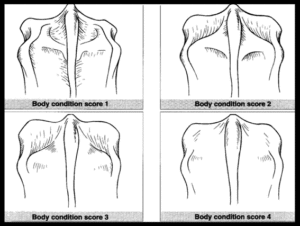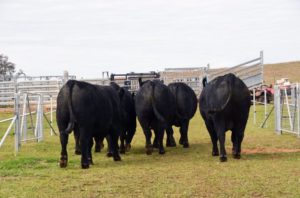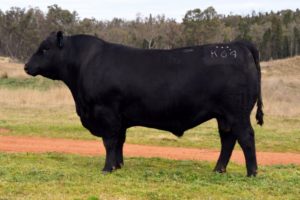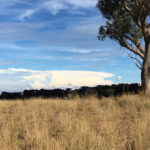The joining season is now drawing to a close. But its still important to keep a good eye on your bulls to get the last of the cows joined up well. A pregnancy this year is worth more than ever!
Below are some tips on what to look for as you check your bulls. This information was provided by Suttons Livestock, a valuable local vet service. They suggest you have a list of all your bulls in your pocket notebook or phone & a simple check list for soundness & observation of a successful serving. If you fill this out each time you check your bulls you will avoid any problems going unnoticed!
BODY CONDITION SCORE
Adequate body condition score is an important part of a bulls libido. While it is normal for bulls to drop considerable fat cover during joining, it is of concern when actual muscle mass is seen decreasing. As a general rule, bulls should begin joining no less then BCS 3.5 out of 5 and would be at their best performance if maintained at BCS 3 through joining.
LAMENESS
Lameness is the leading cause of bull inactivity during joining. When checking bulls, it is essential to get all bulls up & walking, paying special attention to their hocks. Mildly lame bulls pose a risk of injuring themselves permanently if allowed to continually work so they need to be temporarily removed & treated if need be
REPRODUCTIVE TRACT
At rest, the underline of the normal sheath should be parallel & consistent with the trunk line of the bull. It is important to notice any swelling to the sheath as this may indicate a broken penis which requires immediate sexual rest & vet consultation. Periodically watching each bull serve a cow is also important, especially watch for the final thrust when the bull will jump forward with both hind legs, as this indicates a successful ejaculation. Also check the testes, they should hang freely, with no lacerations or swelling.
Read this article by Pete & Bronte Sutton, Suttons Livestock, for some good joining season tips. Monitoring Bull Soundness Key to Pregnancy Result







